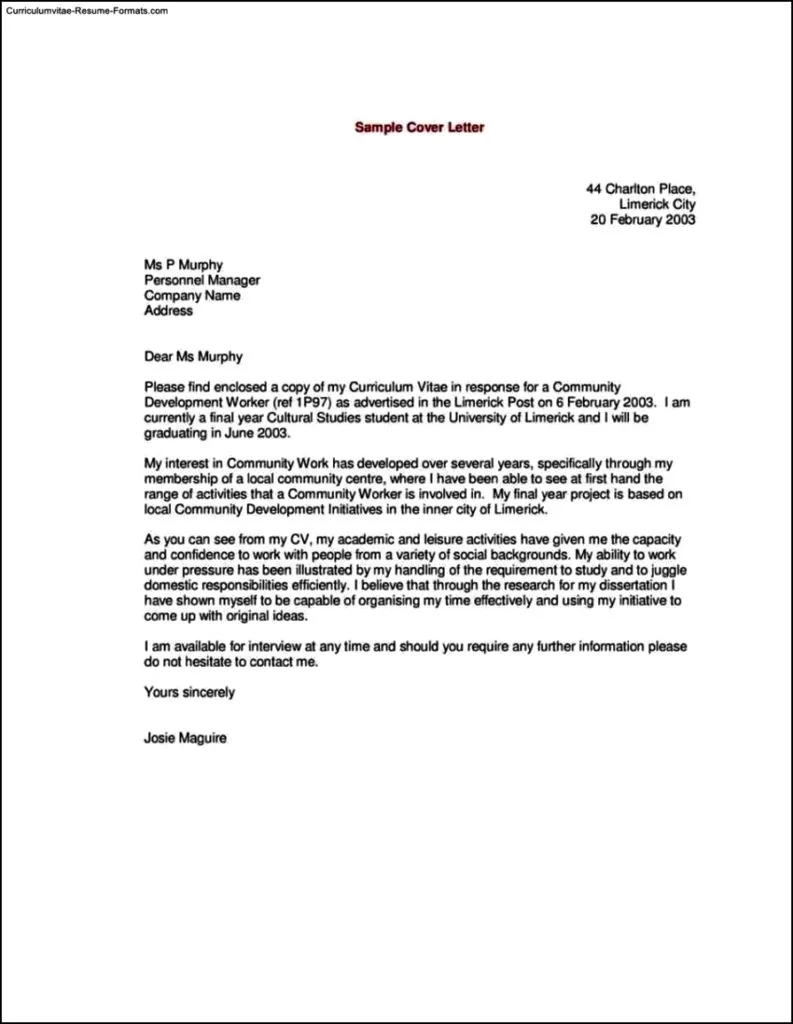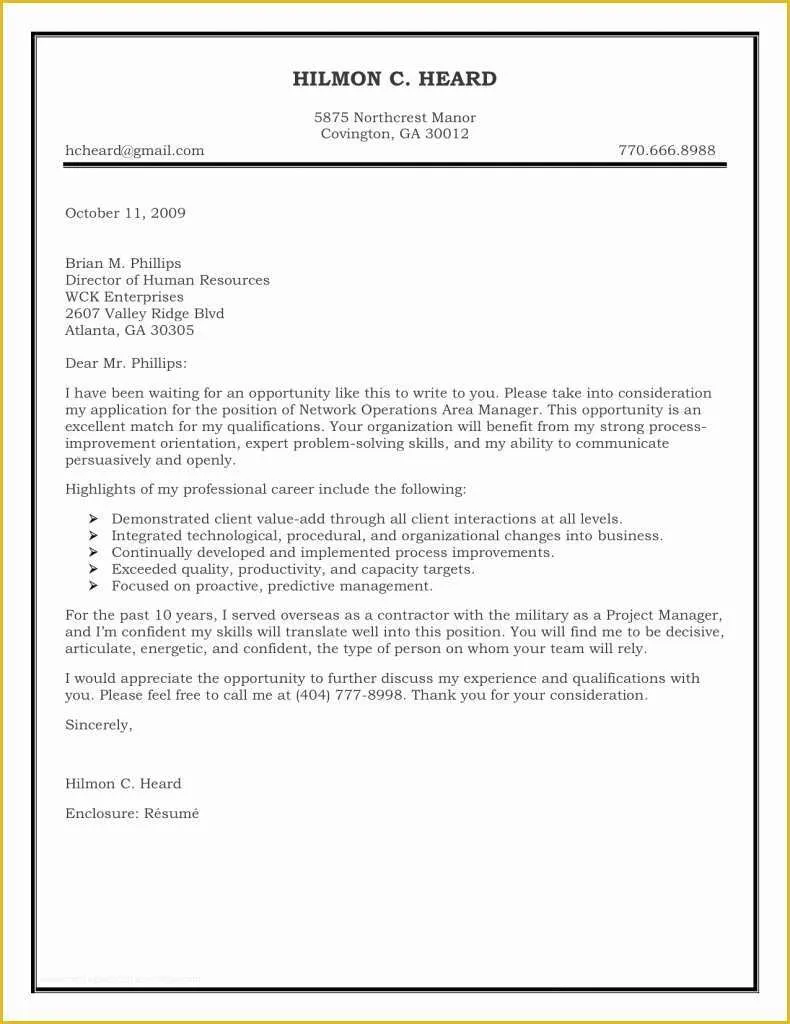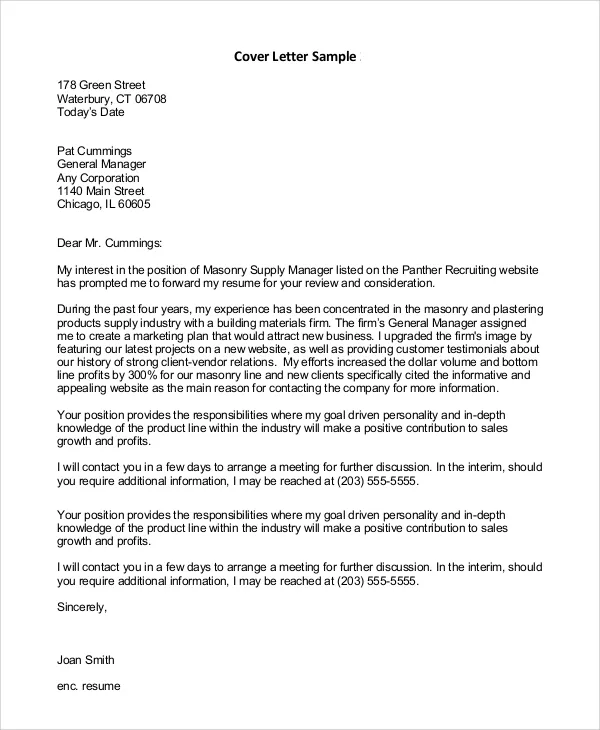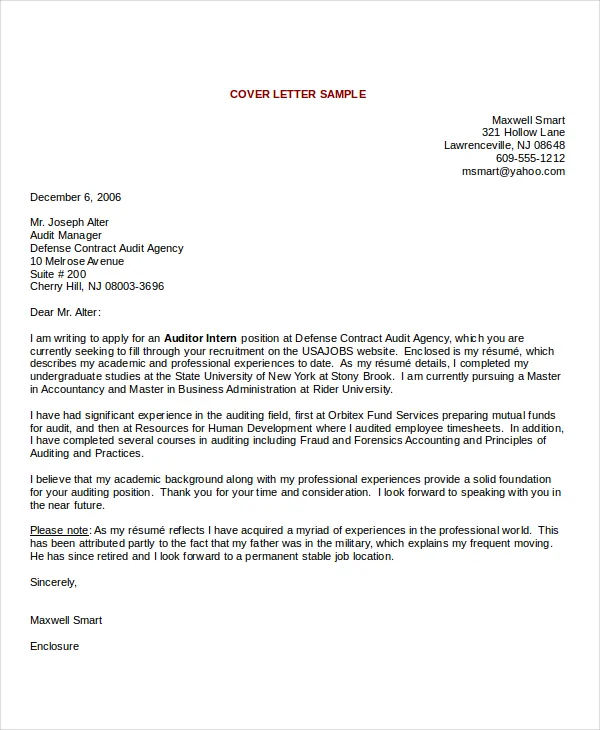Cover Letter Templates Top 5 Styles
Crafting a compelling cover letter is a crucial step in the job application process. It’s your first chance to make a positive impression and showcase why you’re the perfect fit for a role. Choosing the right cover letter template can significantly impact how your application is received. This article explores five top cover letter template styles, guiding you on how to select the best one for your needs. Understanding the nuances of each style will empower you to present yourself effectively and increase your chances of landing an interview. Effective cover letters are tailored, concise, and highlight your unique skills and experiences. Selecting the right template is the first step to ensure your letter stands out. Reviewing these templates will give you the foundation to start your application.
Template Style 1 The Classic
The classic cover letter template is a timeless choice, prized for its professionalism and straightforward approach. It emphasizes clarity, readability, and a formal tone, making it suitable for a wide array of industries and job types. This template allows the content to take center stage, ensuring that your qualifications and experience are clearly communicated. The classic design typically includes a simple layout with standard fonts and a clear structure, focusing on the essential information. It’s an excellent choice if you want to convey competence and reliability in a business setting. Choosing the classic template often ensures you convey a sense of professionalism that can be beneficial when applying for jobs that require specific standards.
Key Elements of a Classic Cover Letter

A classic cover letter should begin with your contact information, the date, and the hiring manager’s details. The body typically opens with a professional greeting, followed by a concise introduction stating your purpose for writing. The core content highlights your relevant skills, experiences, and accomplishments, demonstrating how you meet the job requirements. The letter concludes with a call to action, expressing your interest in an interview and your gratitude for the opportunity. Ensure the content is formatted with clear paragraphs, concise sentences, and a professional tone. The use of standard fonts like Times New Roman or Arial and appropriate spacing enhances readability, making it easy for the hiring manager to quickly grasp your qualifications. You can use a simple layout that enhances its readability.
When to Use a Classic Cover Letter Template
This template excels in traditional industries such as finance, law, and government, where formality and professionalism are highly valued. It’s also suitable for roles requiring a high degree of precision and attention to detail. If you are applying for a position at a conservative organization or in an industry with strict professional standards, a classic cover letter is often the safest and most effective choice. This template ensures that the focus remains on your qualifications and professional experience, rather than the design. When in doubt, the classic cover letter template is a reliable option for a wide range of job applications. This template’s adaptability and ease of customization ensures its usability across various job types.
Template Style 2 Modern Design
The modern cover letter template is characterized by its contemporary design, using creative layouts, unique fonts, and visual elements to capture attention. It’s designed to make your application stand out from the crowd, demonstrating a proactive and forward-thinking approach. Modern templates often incorporate design elements like color accents, creative headers, and strategic use of white space to create a visually appealing document. This style is best suited for individuals who want to present themselves as innovative and up-to-date with current design trends. These cover letters are carefully designed to give recruiters a positive impression of your attention to detail and willingness to showcase your personality.
Key Features of a Modern Cover Letter

Modern cover letters often feature a clean and uncluttered layout with bold headings and concise paragraphs. The use of a modern font, like Calibri or Montserrat, enhances readability. The layout may include sections for a skills summary, achievements, or a visual timeline of your career highlights. Colors, graphics, and other design elements can be incorporated strategically to highlight your personality and brand. Ensure the design is professional and complements the content; avoid excessive embellishments that might distract from your qualifications. The goal is to create a balanced combination of visual appeal and informative content, providing a quick snapshot of your qualifications.
Best Industries for Modern Cover Letters
This template style is well-suited for creative fields such as graphic design, marketing, advertising, and technology, where visual appeal is highly valued. It is also effective for positions at startups or companies that prioritize innovation and a modern approach. Using this template can demonstrate your adaptability and understanding of current design trends. Be cautious when applying in more traditional industries; ensure your design is professional and does not overshadow your qualifications. This template is designed to make a positive impression by allowing you to present your achievements and qualifications in a visually appealing manner.
Template Style 3 Combination Cover Letter
The combination cover letter template blends elements of both the classic and modern styles, offering a balance between professionalism and visual appeal. This versatile template allows you to highlight your skills and experience while maintaining a structured and organized presentation. It typically includes a clear layout with sections for your contact information, a brief introduction, and detailed paragraphs outlining your qualifications. This template provides flexibility in emphasizing both your skills and past experiences, making it suitable for diverse job applications. It also provides an excellent foundation for you to tailor your application to each role.
Highlighting Skills and Experience

A combination cover letter allows you to highlight both your hard and soft skills. You can use concise bullet points or a skills summary section to showcase your core competencies. In the body of the letter, provide specific examples of how you’ve used these skills in previous roles, quantifying your achievements whenever possible. This approach demonstrates your ability to perform the job duties effectively. It should also clearly state what you want the reader to know about your abilities. Consider integrating visual elements, such as progress bars, to visually represent your skill levels. Ensure that your skills and experiences align with the job description to capture the hiring manager’s attention.
Situations Where Combination Letters Excel
This template is ideal for candidates with diverse skill sets or a wide range of experience. It’s also beneficial if you are changing careers or highlighting transferable skills. The flexibility of this style allows you to tailor the content to specific job requirements. Use a combination template when you have a mix of technical skills and soft skills and want to present them in a balanced manner. This style is perfect if you want to showcase achievements and qualifications while presenting them in a visually appealing manner. It’s an excellent choice for job seekers aiming to present themselves in a comprehensive yet organized way.
Template Style 4 The Targeted Cover Letter
The targeted cover letter template is specifically designed to address the requirements of a particular job posting. It focuses on demonstrating a clear understanding of the company’s needs and how your skills and experience align with the position. This template is highly customized, using keywords and phrases from the job description to emphasize your qualifications. It is a more personalized approach to the cover letter, showcasing that you have done your research. Using a targeted template will show the recruiter that you are serious about the position. It can also emphasize your understanding of what the company requires from candidates.
Customizing for Specific Job Requirements

Begin by carefully reviewing the job description, identifying the key skills, and responsibilities. In the cover letter, use similar language and keywords from the description to highlight your relevant experience. Provide specific examples of how you’ve successfully performed the required tasks, demonstrating your ability to meet the job’s demands. Show how your skills and accomplishments directly address the company’s needs, such as the need to manage a project or achieve certain goals. Tailor each letter to the specific job to make a strong impression. This level of customization demonstrates your attention to detail and a genuine interest in the role. You can also focus on achievements relevant to the job position.
Importance of Researching the Company
Before writing a targeted cover letter, research the company’s mission, values, and recent projects. Understand their culture and what they look for in candidates. Use this information to tailor your letter to their specific needs and values, demonstrating that you are a great fit for their team. Mentioning the company’s products, services, or recent achievements shows that you’re invested in the company’s success. Use the company’s website, social media profiles, and press releases to gather information. Addressing the hiring manager by name can make the letter more personal, if possible. Doing your research can also help you identify the values and needs of the company.
Template Style 5 Creative Cover Letter
The creative cover letter template allows you to express your personality and showcase your unique skills through innovative design and content. It is suitable for industries where creativity and originality are highly valued, allowing you to demonstrate your artistic flair. This template might incorporate unusual layouts, illustrations, infographics, or a portfolio of your work. It should be used if you can creatively and professionally display your qualifications. Choosing this template means your application can stand out from the crowd. It must be professional to ensure you stand out in the right way.
Best Practices for Creative Cover Letters

Ensure that your creative cover letter complements the job you’re applying for, and that the design reflects your brand. Use high-quality graphics, visually appealing layouts, and a clear message. Keep the content concise and focused on your key qualifications and accomplishments. Proofread carefully to avoid any errors, as this can affect the overall impression. Consider including a portfolio link, a brief video introduction, or interactive elements to engage the reader. If you’re a graphic designer, for instance, a cover letter showcasing your design skills would be appropriate. When using this type of template, it is crucial to focus on professionalism.
Industries That Welcome Creativity
Creative cover letters are ideal for roles in graphic design, marketing, advertising, web design, and other creative industries. It is also well-suited for positions at innovative startups and companies that embrace unique approaches. Before choosing this style, research the company culture to ensure they will appreciate the creative approach. For instance, a cover letter designed for a social media position might incorporate relevant trending topics or a unique layout. It is also very helpful to research the culture of the company when determining the template’s suitability. Make sure the design is eye-catching and relevant to the job requirements.
Conclusion Choosing the Right Template
Selecting the right cover letter template is an important step in the job application process. Each of the five template styles—classic, modern, combination, targeted, and creative—offers unique advantages, depending on your industry, the job requirements, and your personal brand. Consider which template best showcases your skills and experience. Remember to customize your cover letter to each job, highlighting the most relevant information and tailoring your approach to fit the company’s culture. By choosing the right template and tailoring it to the job description, you can create a compelling cover letter. By following these guidelines, you can create a cover letter that impresses recruiters and boosts your chances of securing an interview. It is a crucial element in your job application strategy and can help you stand out from other candidates. You can also easily create a professional and effective cover letter.
